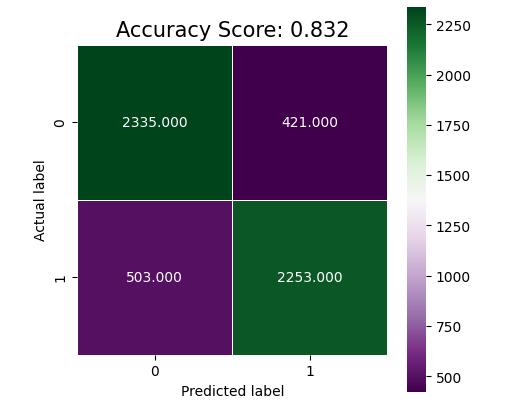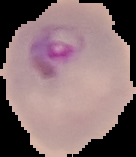Models
Convolutional Neural Networks
CNNs are a type of deep learning algorithm that are commonly used for image classification and object detection.
In our system, we use CNNs to classify blood cell images as either infected or uninfected. We train the CNNs on a large dataset of blood cell images to improve their accuracy and performance.
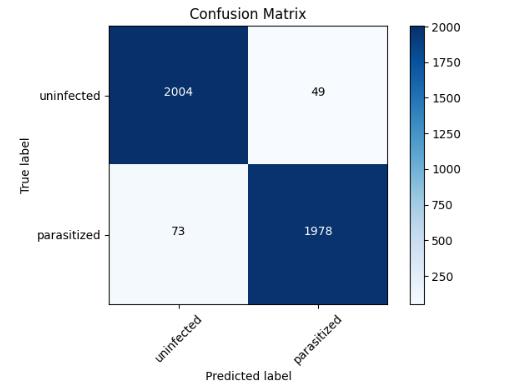
Transfer Learning with VGG16
VGG19 is a deep convolutional neural network that was trained on the ImageNet dataset.
In our system, we use VGG16 as a feature extractor to extract features from blood cell images. We remove the last layer of the VGG19 model and replace it with a new layer that is trained to classify blood cell images as either infected or uninfected.
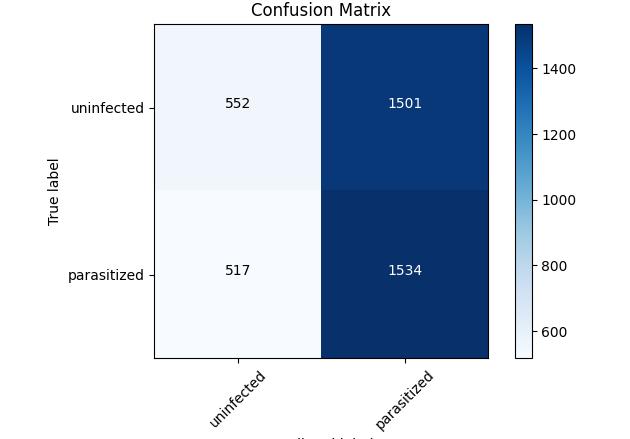
Transfer Learning with Inception V3
Inception v3 is a convolutional neural network architecture designed for image classification and object recognition tasks. It was developed by Google researchers in 2015 as an extension of the original Inception architecture.
Iure officiis odit rerum. Harum sequi eum illum corrupti culpa veritatis quisquam. Neque necessitatibus illo rerum eum ut. Commodi ipsam minima molestiae sed laboriosam a iste odio. Earum odit nesciunt fugiat sit ullam. Soluta et harum voluptatem optio quae
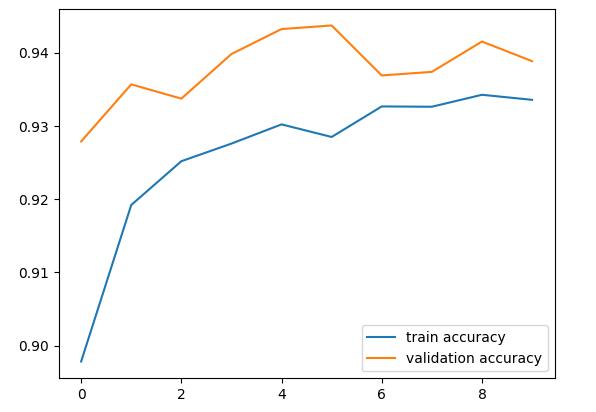
Transfer Learning with Xception 50
Transfer learning with Xception for malaria detection system is a technique in deep learning where the pre-trained Xception convolutional neural network model is used to train a new model for the specific task of detecting malaria in blood smear images.
The pre-trained Xception model, which has been previously trained on the large-scale ImageNet dataset, is fine-tuned on a smaller dataset of malaria infected and uninfected blood smear images. By fine-tuning the pre-trained model on the specific task of malaria detection, the model can learn to recognize features that are relevant to the detection of malaria from the blood smear images.

Support Vector Machine(SVM)
Support Vector Machine (SVM) is a powerful machine learning algorithm used for classification and regression analysis. In the context of malaria detection, SVM can be used to classify blood samples as either infected or uninfected with malaria parasites.
SVM is a popular machine learning method for malaria detection due to its ability to handle high-dimensional data and its robustness to noise and outliers
